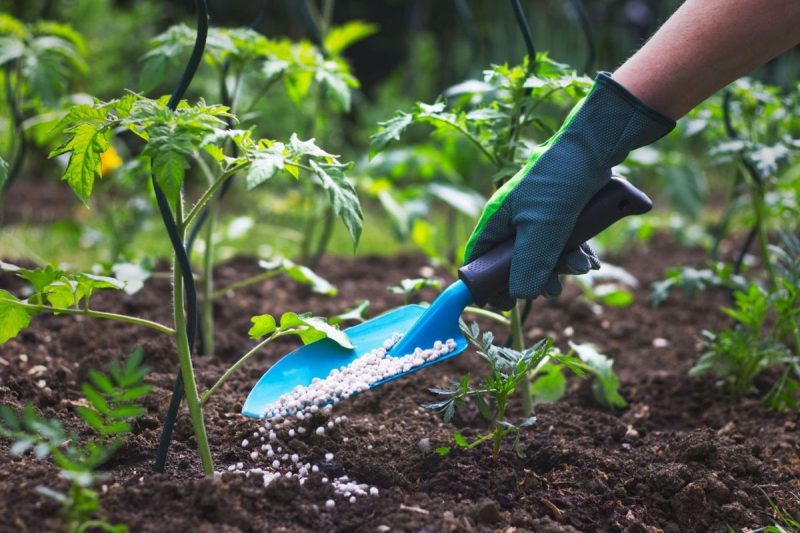Potash vs. Phosphate: Understanding the Key Differences
Potash and phosphate are two essential nutrients that play a crucial role in promoting plant growth and health. While both are commonly used as fertilizers, they differ in their chemical compositions, functions, and benefits for plants. Understanding the distinct characteristics of potash and phosphate can help farmers and gardeners make informed decisions when it comes to fertilizing their crops. In this article, we will delve into the key differences between potash and phosphate to shed light on their unique properties and applications.
Chemical Composition
Potash, also known as potassium chloride or KCl, is a potassium-rich fertilizer that provides plants with the essential nutrient potassium. Potassium is a macronutrient needed by plants for various physiological processes, including photosynthesis, water regulation, and enzyme activation. Potash is typically derived from mining potash deposits and is available in various forms, such as potassium sulfate and potassium nitrate.
On the other hand, phosphate fertilizers contain phosphorus, another essential nutrient for plant growth. Phosphorus is involved in energy transfer, root development, and blooming processes in plants. Phosphate fertilizers come in different forms, including diammonium phosphate (DAP) and triple superphosphate, which provide plants with readily available phosphorus for optimal growth.
Functions in Plants
Potash plays a crucial role in enhancing plant resistance to diseases and stress conditions, such as drought and cold temperatures. Potassium regulates stomata opening and closure, which affects water uptake by plants and helps maintain turgor pressure. Additionally, potassium improves fruit quality, root development, and overall plant vigor.
Phosphate is essential for promoting early root development, seed formation, and flower and fruit production in plants. Phosphorus is a key component of nucleic acids, ATP (adenosine triphosphate), and phospholipids, which are vital for plant growth and metabolism. Adequate phosphorus levels in the soil are necessary for maximizing plant yields and enhancing crop quality.
Applications and Benefits
Potash fertilizers are commonly used to boost crop yield, improve crop quality, and enhance plant resilience to environmental stresses. Potassium deficiency can lead to reduced growth, poor fruit quality, and increased susceptibility to pests and diseases. By applying potash fertilizers at the right time and in the right amount, farmers can optimize plant nutrition and achieve higher yields.
Phosphate fertilizers are essential for stimulating root growth, promoting early plant establishment, and enhancing flowering and fruiting in crops. Phosphorus deficiency can result in stunted growth, delayed flowering, and poor fruit set in plants. Regular applications of phosphate fertilizers help maintain adequate phosphorus levels in the soil and ensure that plants have access to this vital nutrient throughout their growth stages.
In conclusion, potash and phosphate are indispensable fertilizers that provide plants with essential nutrients for healthy growth and development. While potash supplies plants with potassium for various physiological functions, phosphate delivers phosphorus for energy transfer and metabolic processes. Understanding the unique roles of potash and phosphate in plant nutrition is crucial for optimizing crop production and achieving sustainable agriculture practices. By selecting the right combination of potash and phosphate fertilizers based on the specific needs of crops, farmers can enhance soil fertility, improve crop yields, and contribute to food security and environmental sustainability.




























